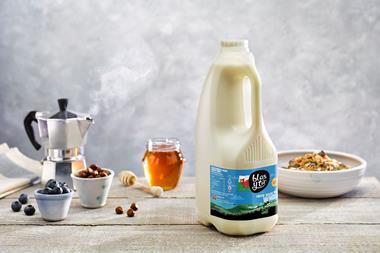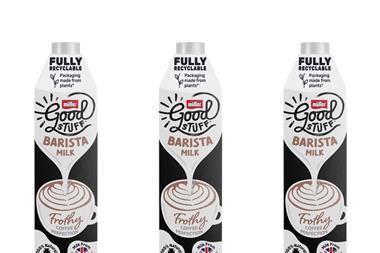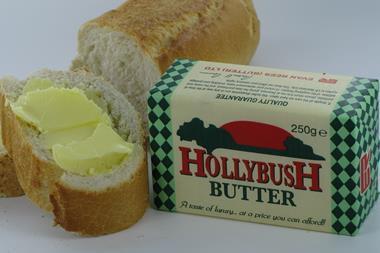This week's 1p strengthening of sterling against the euro means any dairy producer hopes for an improvement are receding again.
From 64.02p to the euro last week, the rate on Wednesday was 63.07, taking the intervention manufacturing price equivalent and milk prices linked to it back down by about a third of 1ppl.
The trade in milk quota, one of the few available indicators of producers' long-term intentions, has been described as "steady" by broker Ian Potter.
Clean quota is plentiful and selling for just over half last year's price at 18.5ppl against 33.5ppl. Potter cites three major quota holders who have leased out their entire holding for the year instead of staying in product for the current quota year.
"Even if they produce no milk themselves this year, at least they'll be 4.4ppl better of at the end of the year." And the quota reverts to them for the next quota year if the market improves.
There is persistent talk of a shortfall in milk production against quota this year. "We've always believed we can fill quota but we never ask ourselves if it is profitable to do so."
The capitalisation tied up in quota is one disincentive to reduce production and there is no sign of Brussels consigning dairy quotas to the bin for the foreseeable future.
The accession of the so-called first-wave' CEECs has ensured a new lease of life for a dairy quota system: there seem pitifully few other workable mechanisms to cap production.
{{PROVISIONS }}
Close menu
- Home
- Buying & Supplying
- Stores
- Channels
- Finance
- People
- Reports
- Events
- Jobs
- Subscribe now
Sign in to comment on this article
Not logged in before? Register for FREE guest access today.
You will be able to:
- Read more stories
- Receive daily newsletters
- Comment on stories
Advert










No comments yet